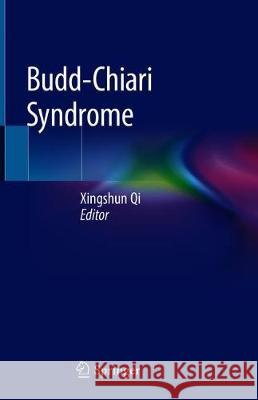Budd-Chiari Syndrome » książka
topmenu
Budd-Chiari Syndrome
ISBN-13: 9789813292314 / Angielski / Twarda / 2019 / 252 str.
Budd-Chiari Syndrome
ISBN-13: 9789813292314 / Angielski / Twarda / 2019 / 252 str.
cena 481,91
(netto: 458,96 VAT: 5%)
Najniższa cena z 30 dni: 462,63
(netto: 458,96 VAT: 5%)
Najniższa cena z 30 dni: 462,63
Termin realizacji zamówienia:
ok. 22 dni roboczych.
ok. 22 dni roboczych.
Darmowa dostawa!
Kategorie BISAC:
Wydawca:
Springer
Język:
Angielski
ISBN-13:
9789813292314
Rok wydania:
2019
Dostępne języki:
Ilość stron:
252
Waga:
0.45 kg
Wymiary:
23.72 x 16.28 x 1.5
Oprawa:
Twarda











